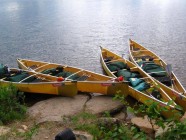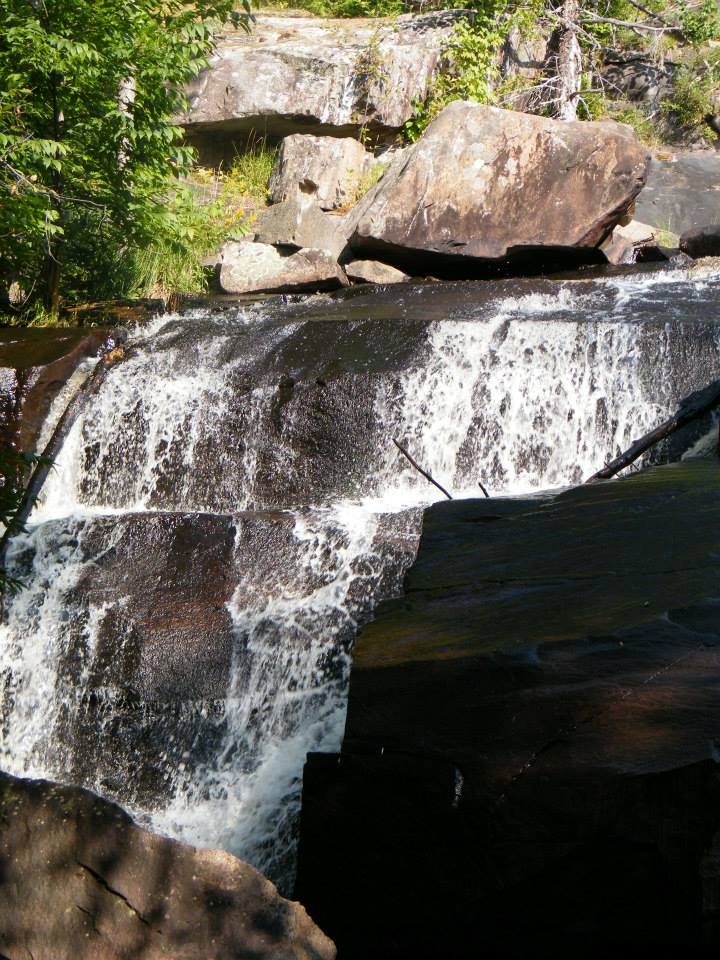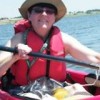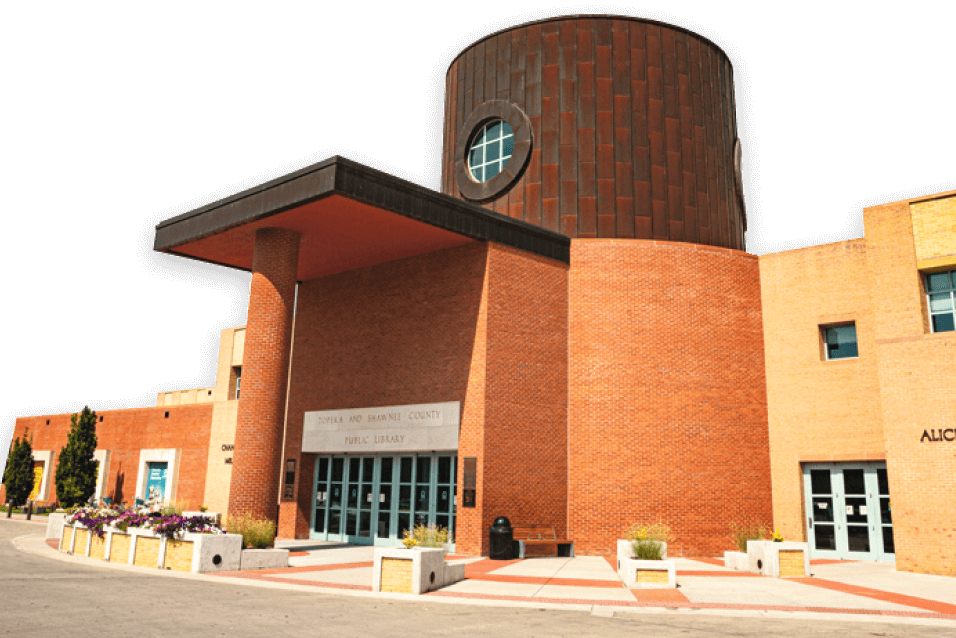Discover a New World in a Canoe
 My best friend since grade school, Diana, is a Girl Scout leader par excellence, birdwatcher and lover of nature. Both my girls were in her troop as they became old enough and one thing I remember very well was the excitement and preparation for the Boundary Waters canoe trip they took every few years. It was approached with something akin to awe and reverence. Canoe and first aid training had to be done. Exactly what to pack and how to pack it was stressed and re-stressed. This was seven days out in the wilderness with no Kwik Shops, motel rooms or electronic devices. You set up your own camp, cooked your own food and packed out all your trash.
My best friend since grade school, Diana, is a Girl Scout leader par excellence, birdwatcher and lover of nature. Both my girls were in her troop as they became old enough and one thing I remember very well was the excitement and preparation for the Boundary Waters canoe trip they took every few years. It was approached with something akin to awe and reverence. Canoe and first aid training had to be done. Exactly what to pack and how to pack it was stressed and re-stressed. This was seven days out in the wilderness with no Kwik Shops, motel rooms or electronic devices. You set up your own camp, cooked your own food and packed out all your trash. Diana is a life-long camper and canoe enthusiast (she even owns her own canoe), so I asked her what she loved about it. The first thing she mentioned was the "unplugging" aspect, relief from schedules and being unreachable, no TV, no internet... you get the idea. Then there's the peacefulness and serenity, being up close to nature and wildlife and sometimes witnessing a rare and unforgettable moment. She likes the physical challenge, too and the sense of "living in the moment." She also admits it's in her nature. "It's the scenery of Nova Scotia, pine trees, granite cliffs, flowing water that interests me, not the umbrella on the sandy beach," she says. My daughter remembers from her Girl Scout trip that she loved "getting away from it all" and being able to work with the other girls to do everything they needed to do for themselves...setting up camp, getting from one point to the next. She also enjoyed the few times they met other canoeists during portages and advises that the insects "are considerably larger on the Canadian side."
Diana is a life-long camper and canoe enthusiast (she even owns her own canoe), so I asked her what she loved about it. The first thing she mentioned was the "unplugging" aspect, relief from schedules and being unreachable, no TV, no internet... you get the idea. Then there's the peacefulness and serenity, being up close to nature and wildlife and sometimes witnessing a rare and unforgettable moment. She likes the physical challenge, too and the sense of "living in the moment." She also admits it's in her nature. "It's the scenery of Nova Scotia, pine trees, granite cliffs, flowing water that interests me, not the umbrella on the sandy beach," she says. My daughter remembers from her Girl Scout trip that she loved "getting away from it all" and being able to work with the other girls to do everything they needed to do for themselves...setting up camp, getting from one point to the next. She also enjoyed the few times they met other canoeists during portages and advises that the insects "are considerably larger on the Canadian side." The Boundary Waters Canoe Area Wilderness is a designated wilderness in Northern Minnesota that reaches up into Canada. Spanning more than 800,000 acres, it offers more than 1,200 miles of canoe routes. Diana's also canoed at Gunflint Trail in Minnesota and just returned from an 8-day paddle in Quetico Provincial Park in Ontario. Here's some tips for planning your canoe trip:
The Boundary Waters Canoe Area Wilderness is a designated wilderness in Northern Minnesota that reaches up into Canada. Spanning more than 800,000 acres, it offers more than 1,200 miles of canoe routes. Diana's also canoed at Gunflint Trail in Minnesota and just returned from an 8-day paddle in Quetico Provincial Park in Ontario. Here's some tips for planning your canoe trip:- You can go through an outfitter who provides equipment and takes care of all the necessary permits. A passport might be needed for passing into Canada.
- Make sure you're in good physical condition, there'll be a lot of rowing, walking, and carrying a pack or the canoe over land passes.
- It wouldn't hurt to get some training if you've never maneuvered a canoe or small boat.
- Be prepared to camp in all kinds of weather. Usually you'll canoe for a day or two, camping overnight and then maybe stay in one place for a couple of nights to rest. But the schedule is up to you!
- Be sure to bring your camera for those perfect photographic moments and maybe the occasional moose, black bear or loon.
- Speaking of bears, they can be a hazard. Get advice from your outfitter on how to make your food supplies bear-proof.
 All photos by Diana Busey
All photos by Diana Busey
Read more in these books and others:










